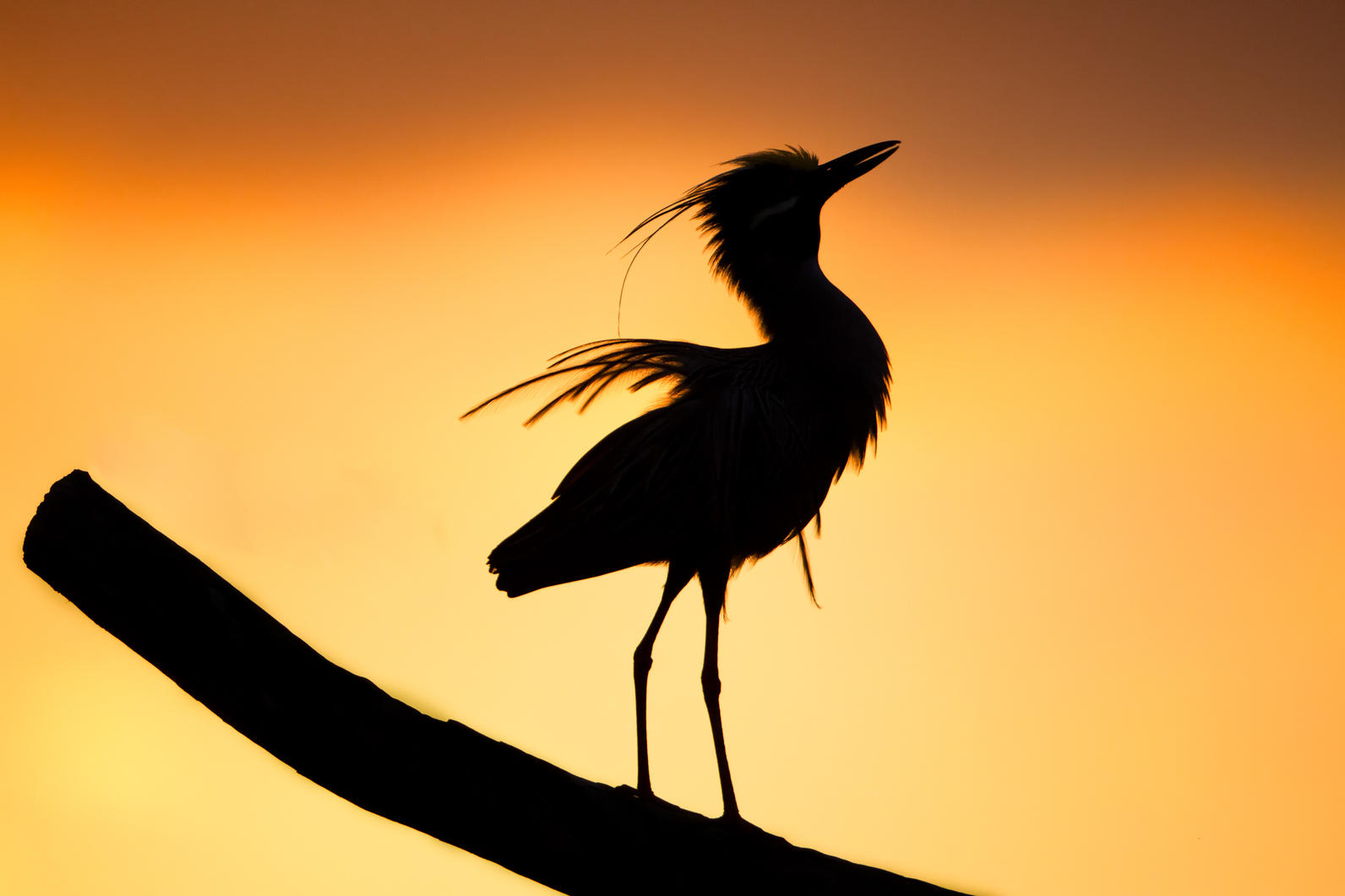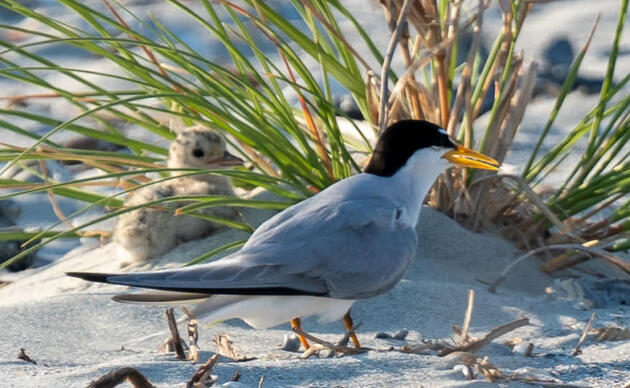Conservation Bank

The most urgent issue we're working on in the 2018 state legislative session is the reauthorization of the South Carolina Conservation Bank — and success is at hand!
The Conservation Bank, our state's most powerful tool for land protection, has helped conserve nearly 300,000 acres of forests, farms, historic sites, hunting land, urban parks, and wetlands throughout our state.
The program is astonishingly cost effective. Over 15 years, the Bank has spent just $150 million to protect $920 million worth of property. That's an average investment of just 17 cents on the dollar.
Saving the Bank
Despite these measures of success, the Conservation Bank was scheduled to "sunset" in June 2018. As recently as a few months ago, its future looked bleak.
But thanks to more than a year of hard work by Audubon South Carolina and its conservation partners, a bill reauthorizing the Bank has now been approved by both the House and the Senate. The different language of these bills will need to be reconciled, but that's expected to happen soon.
Now we have a strong group of supporters for the Bank in both the House and the Senate who understand both the value of conservation and the specific mechanisms this program uses to maximize public benefit while minimizing cost. In coming years, we'll continue building these legislative relationships to make sure that the Bank has a steady flow of funding.
Places Protected
It's inspiring to glance around the state and see how well the Conservation Bank has protected everything from wildlife and clean water to history and heritage. Here are just a few of the fantastic places for birds (and bird lovers) that Bank funds have protected and/or restored:
-
Four Holes Swamp: In 2005, Audubon South Carolina received $1.5 million from the Conservation Bank to protect 2,400 acres of prime bird habitat. It’s now part of the Francis Beidler Forest.
-
Conestee Park: In 2004, the City of Greenville relied on $645,000 from the Conservation Bank to create a 400 acre park on the Reedy River. More than 200 species of birds now enjoy a new haven – designated by Audubon as an Important Bird Area of Global Significance.
-
Morris Island Lighthouse: In 2006, $1.5 million in Conservation Bank funds helped save the Morris Island Lighthouse. In a related effort, the whole island – a paradise for both birders and Civil War buffs – was later saved from development.
-
Coastal Restorations: At Bear Island, Botany Bay, Santee Coastal Reserve, Bonneau Ferry, and other coastal spots, Conservation Bank funds have helped restore habitat for waterfowl and other wetlands-dependent bird species – while enhancing opportunities for public recreation.
Sanctuaries
Plan a trip to one of Audubon South Carolina's two wildlife sanctuaries in the state.








